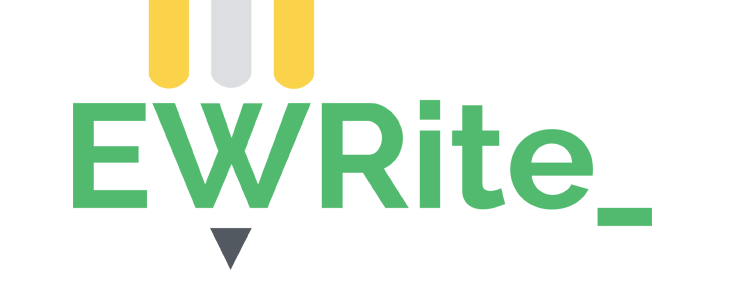5. Planning and writing the essay
An analytical art essay typically follows the familiar organisational
pattern of Introduction – Body paragraphs – Conclusion. The essay begins
with a Title, and ends with the list of References, as shown below.
Critical analysis essays may ask for a Literature Review section before
your own analysis and arguments. Do check to see if there are any special
requirements or expectations for your assignment.
Typical Structure of an Analytical Art Essay
|
Title Introduction Body paragraphs with analysis and arguments Conclusion References Other features: Headings and subheadings Art images with captions (placed near the text which discusses them) |
When drafting your essay, plan the body paragraphs first. Each body
paragraph should focus on one component or area of your topic. The
introduction and conclusion can be written last and often reflect each
other in content.
The Introduction typically:
- Catches the reader’s attention with a hook
- Gives relevant background information
- States the focus of the essay
- Gives an overview of the ideas to be discussed in the body paragraphs
The Conclusion often:
- Summarizes the main points of the body paragraphs
- Draws together your discussions of the artwork with a final answer to the question
About this website
EWRite is an open access online literacy platform for PolyU community that has two major objectives:
- to support PolyU students’ literacy development within and across the disciplines
- to support subject and language teachers to implement system-level measures for integrating literacy-sensitive pedagogies across the university
This platform provides access to generic genre guides representing typical university assignments as well as links to subjects offered by faculties with specific disciplinary genres and relevant support materials.
The materials can be retrieved by students by choosing the genres that interest them on the landing page. Each set of materials includes a genre guide, genre video, and a genre checklist. The genre guide and video are to summarize the genres in two different ways (i.e. textual and dynamic) to fit different learning styles. The genre checklist is for students to self-regulate their writing process. The genre guide and checklist include links to various ELC resources that can provide further explanation to language items (e.g. hedging and academic vocabulary).
The platform also acts as a one-stop-shop for writing resources for students, language teachers and subject leaders. Information about the English Writing Requirement policy can also be found on this platform. There are training materials for new colleagues joining the EWR Liaison Team.


